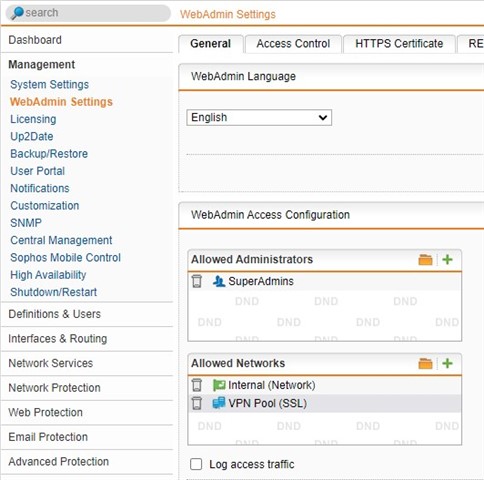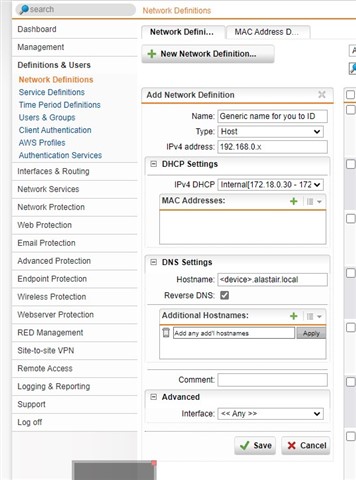I have a small soho network which is connected to the WAN through a UTM. I have enabled DNS services on subnets using the UTM. I do not have a local DNS set up on my machines.
Recently I have run into authentication issues with a shared NAS device and am thinking of running an LDAP server on the NAS as it has this capability built in.
The first setting I have to complete is for an FQDN on the LDAP server and an example was suggested. This suggestion was along the lines "my.server.com."
I wondered why .com since I hope the LDAP will be contained within the LAN and not connect beyond.
What will the top level domain name be if I create a dedicated FQDN for my LDAP sever. As it will be a private domain can I use a more appropriate top level such as .org or what?
In addition to setting up the LDAP I am also planning to set up an NSFv4 sever on my network and this will require DNS. Does this mean I must set up my own DNS or can I use the service provided on the UTM.
Sorry to be so dumb but am having to learn a lot of new stuff I have not needed before!!!
Budge
This thread was automatically locked due to age.


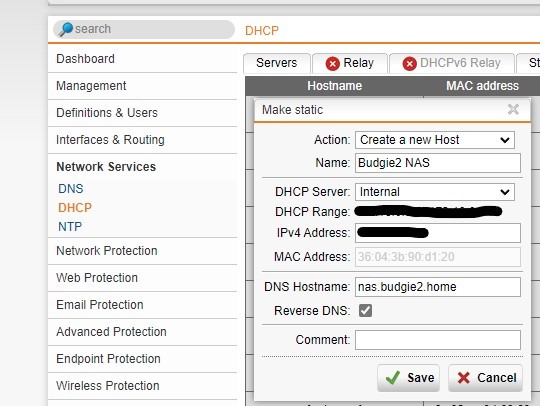

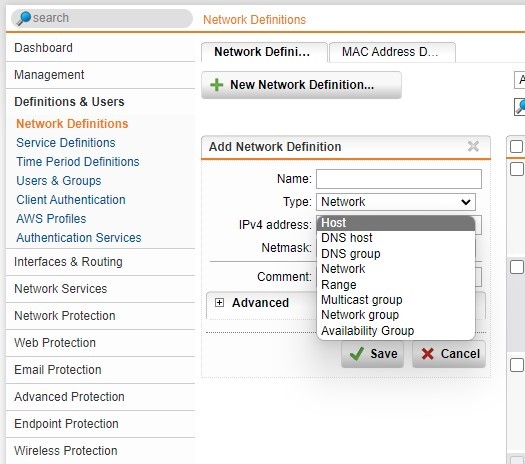
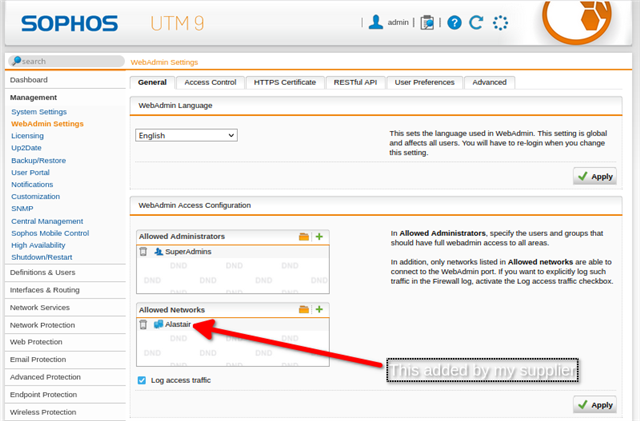
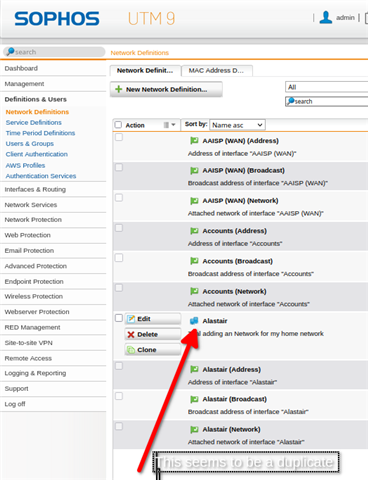
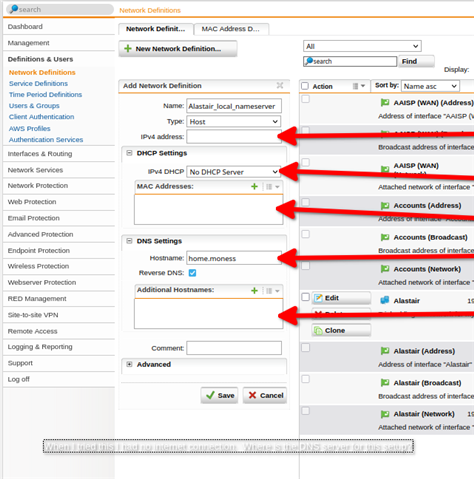 which is where I have been trying to follow your instructions and shows where I am not sure of the right entries and finally my last screenshot
which is where I have been trying to follow your instructions and shows where I am not sure of the right entries and finally my last screenshot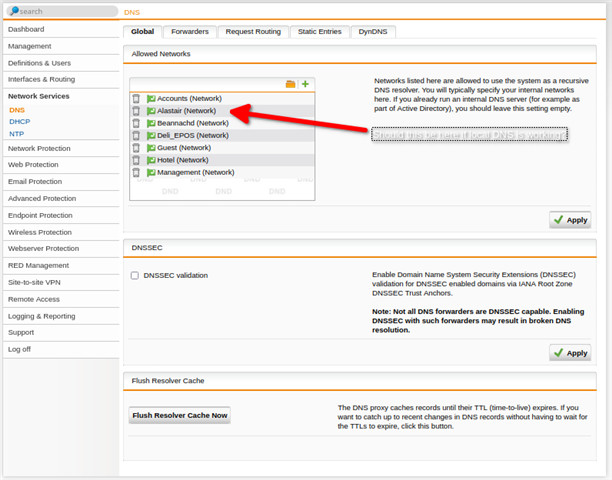 which, if you were in any doubt, confirms my ignorance!!!
which, if you were in any doubt, confirms my ignorance!!!